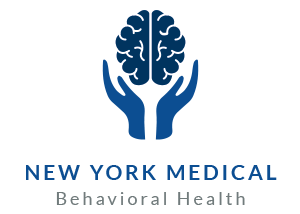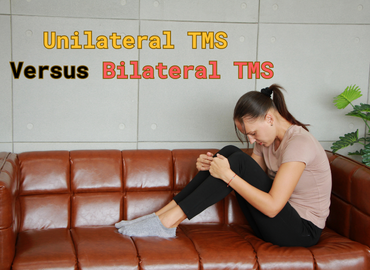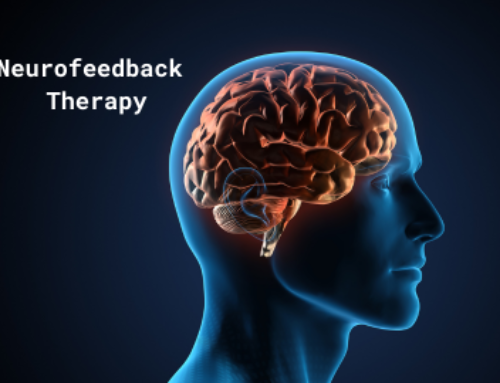Unilateral TMS Versus Bilateral TMS
The transcranial magnetic stimulation (TMS) treatment we offer here is a type of noninvasive, nonconvulsive electromagnetic stimulation used for patients with treatment resistant major depressive disorder (MDD). TMS comes in different varieties and uses high and low-frequency currents that are directed into the brain through a coil placed on the scalp. Today, we’re going to take a look at unilateral TMS versus bilateral TMS.
Unilateral TMS can be applied to the right side of the skull or the left. TMS is most often applied to the left side of the head. This is because of the brain’s left dorsolateral prefrontal cortex (DLPFC). This area of the brain is especially influential when it comes to mood and response regulation. This area works with other areas of the brain to help govern how we feel and how we interact with the world and people around us. Unilateral TMS on the left side is also the most studied form of TMS and the form that earned approval by the FDA.
Depression is connected to reduced activity in the depression sufferer’s left dorsolateral prefrontal cortex and in many cases, elevated activity in the person’s right dorsolateral prefrontal cortex. High-frequency pulses are applied to stimulate the affected region and promote faster, smoother activity. TMS on the right side has been noted to help patients who also have anxiety along with depression and have not felt improvement through the use of antidepressants.
TMS can also be applied to both sides of the head. This is called bilateral TMS. This may be used depending on the patient’s history with depression treatments and by recommendation of their doctor. Bilateral TMS has shown promising results in treating those who have suicidal feelings and ideations. It uses high-frequency pulses on the left DLPFC and low-frequency pulses on the right dorsolateral prefrontal cortex.
In general, a physician will begin with unilateral TMS on the left side. Bilateral TMS may not be necessary, and most insurance plans will cover unilateral TMS on the left side but may not cover bilateral TMS. Others may require that TMS be performed on the left side of the patient’s skull a certain number of times before they will cover bilateral TMS.
For more questions on our services and to make an appointment, write to us on our website or call (585) 442-6960. Check out these articles on the dorsolateral prefrontal cortex and how TMS interacts with it.





